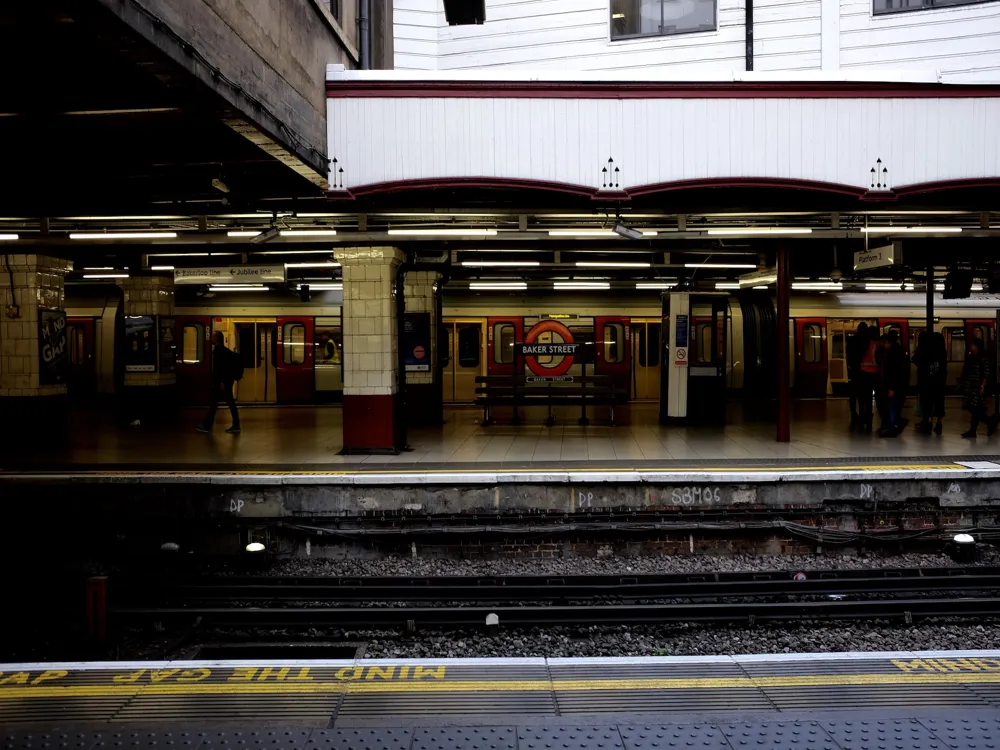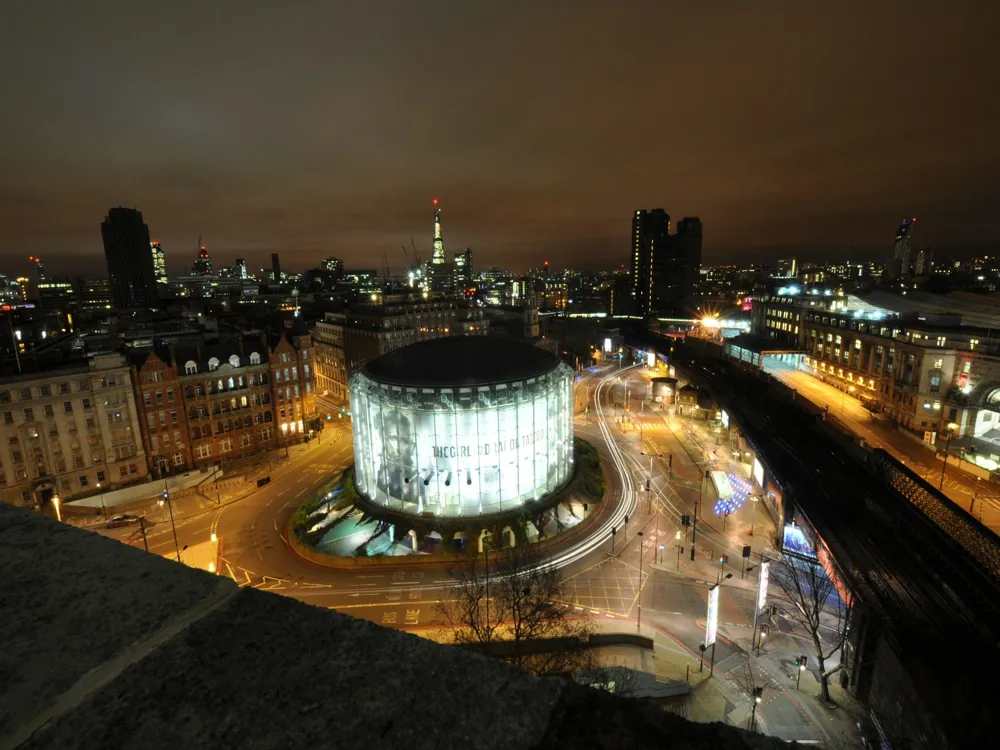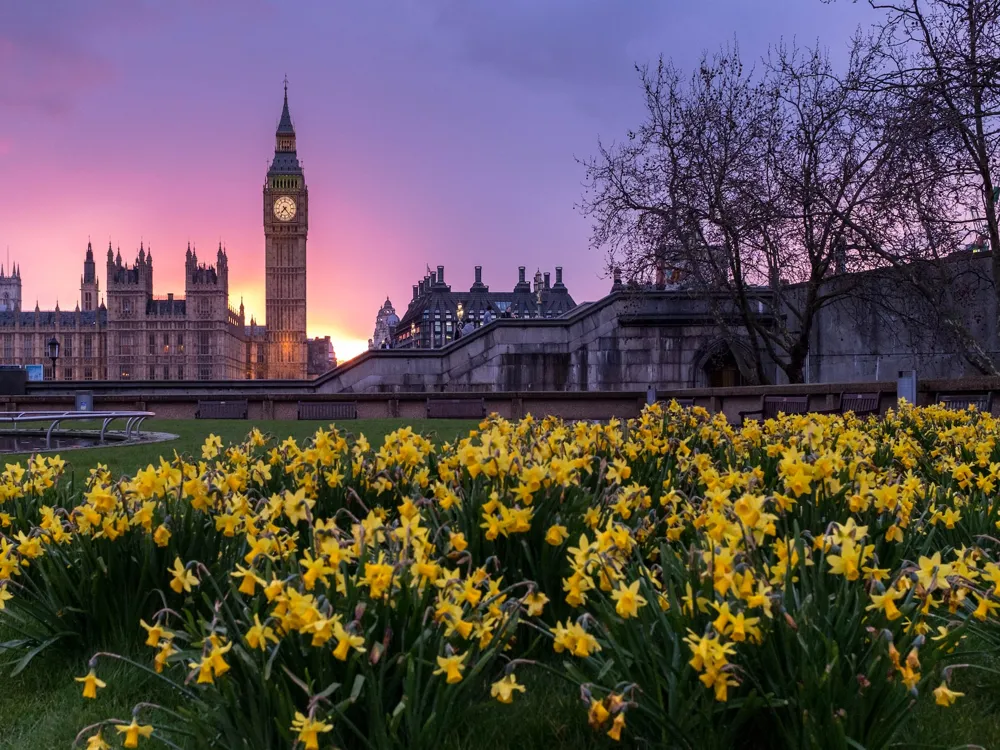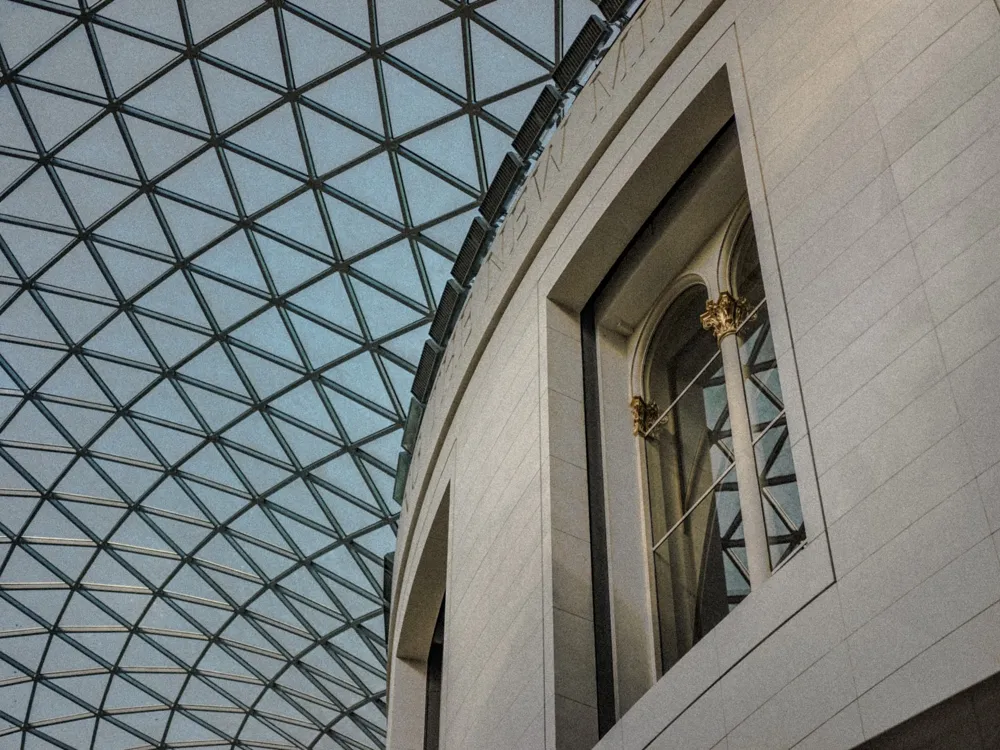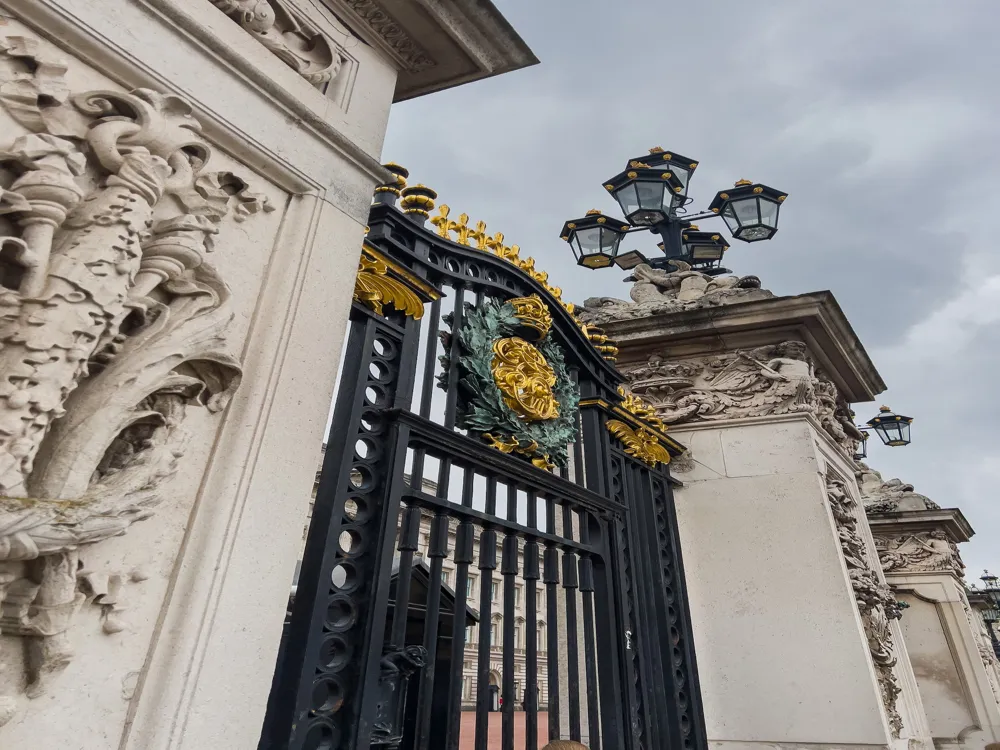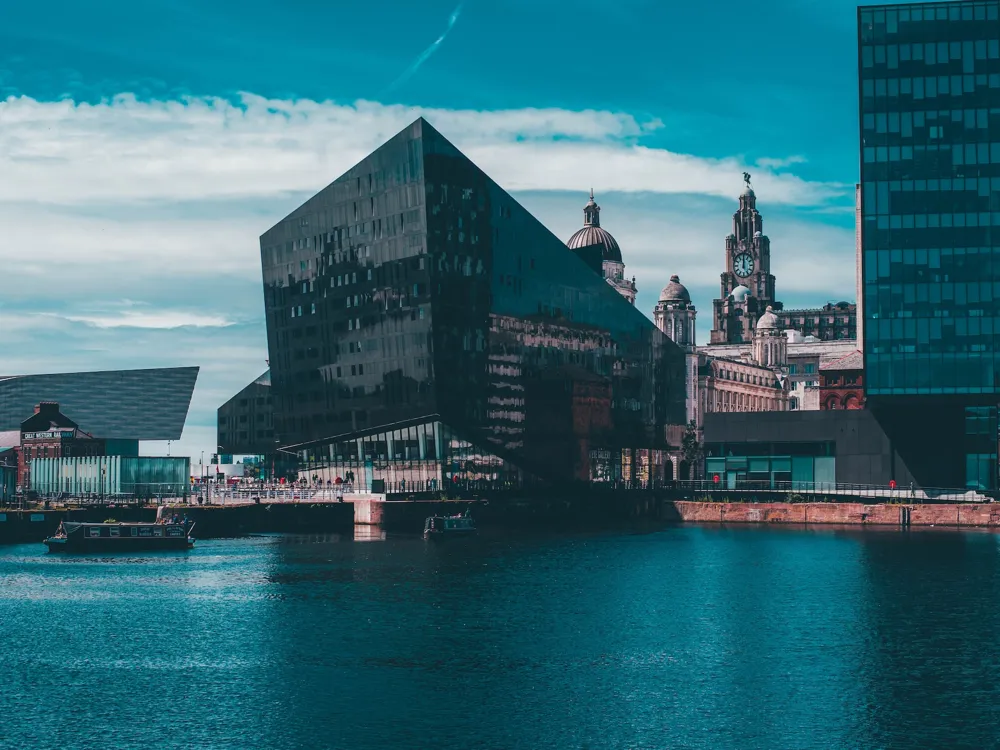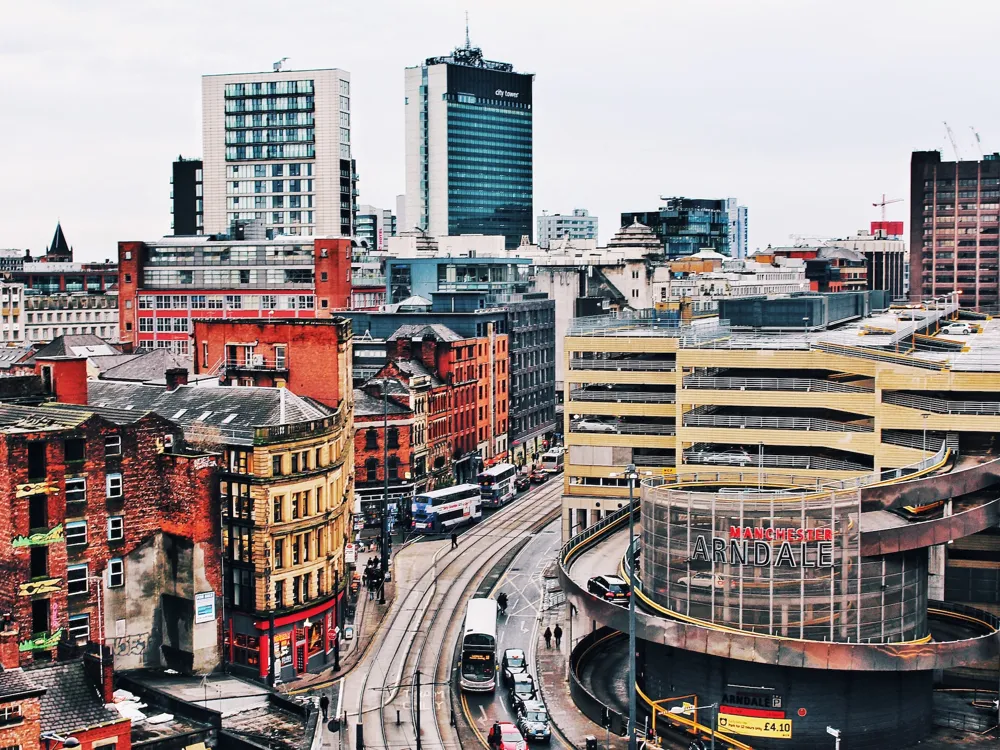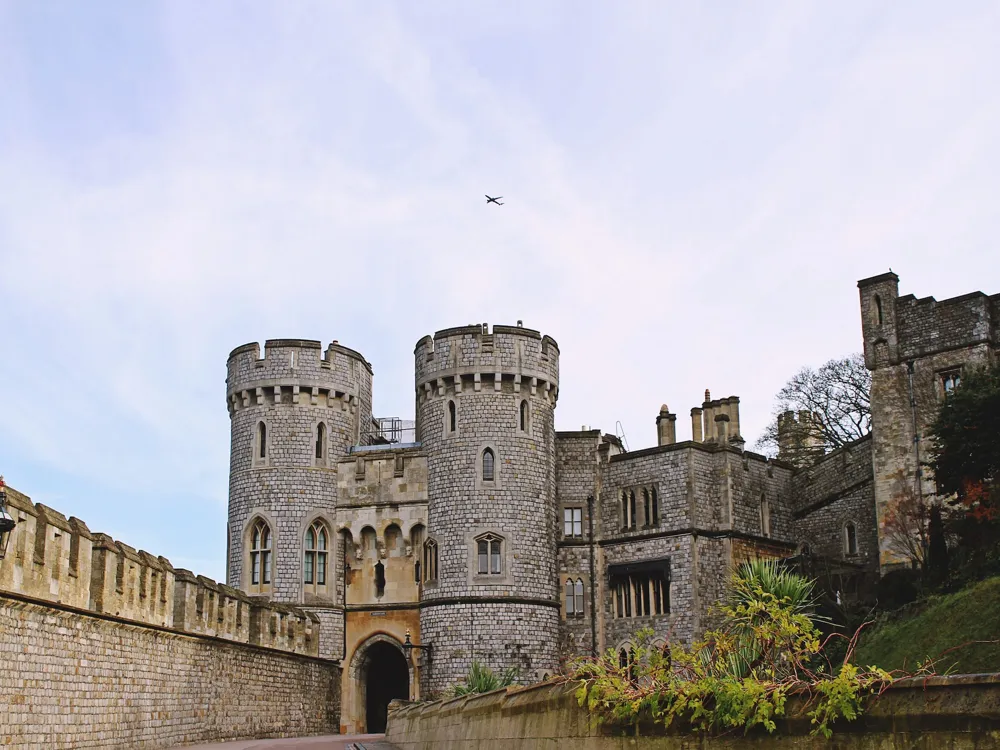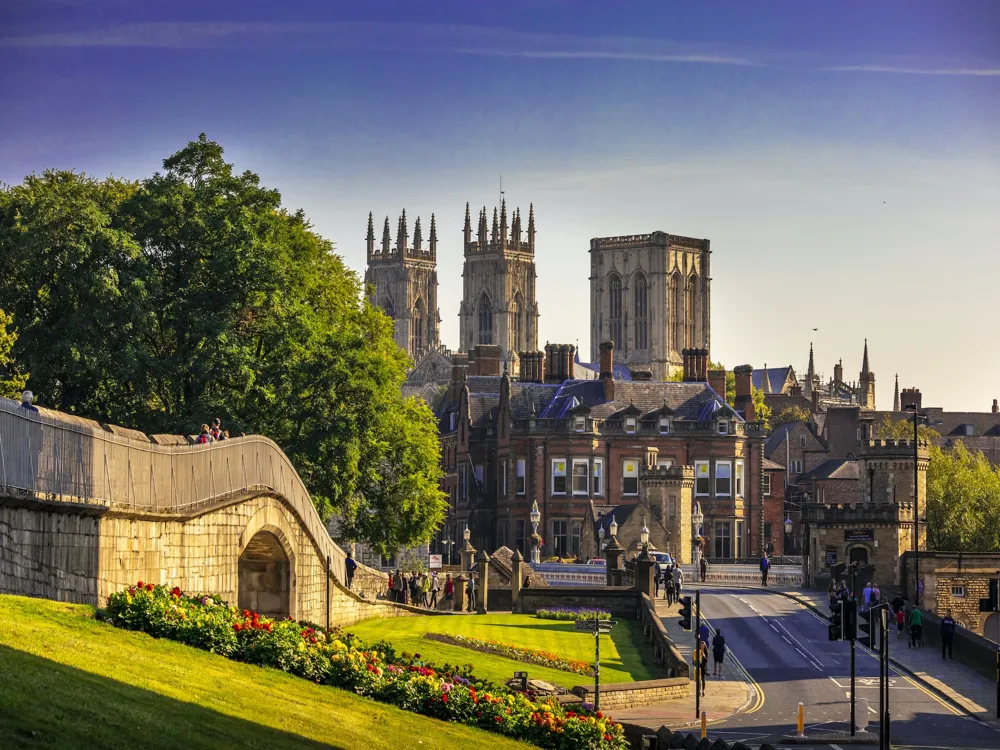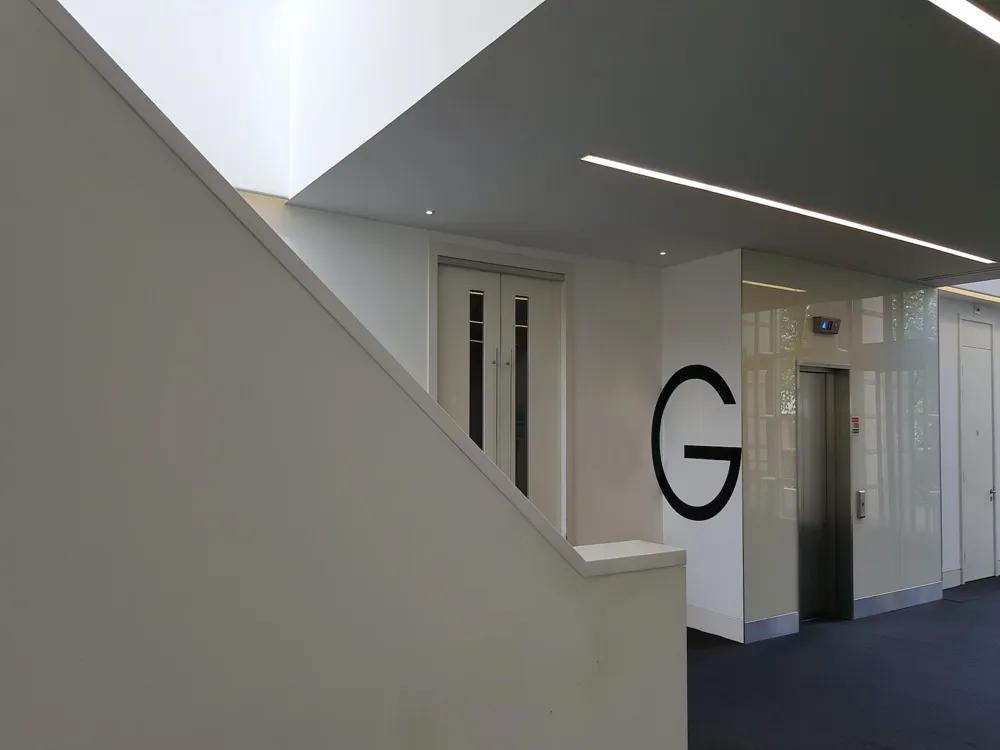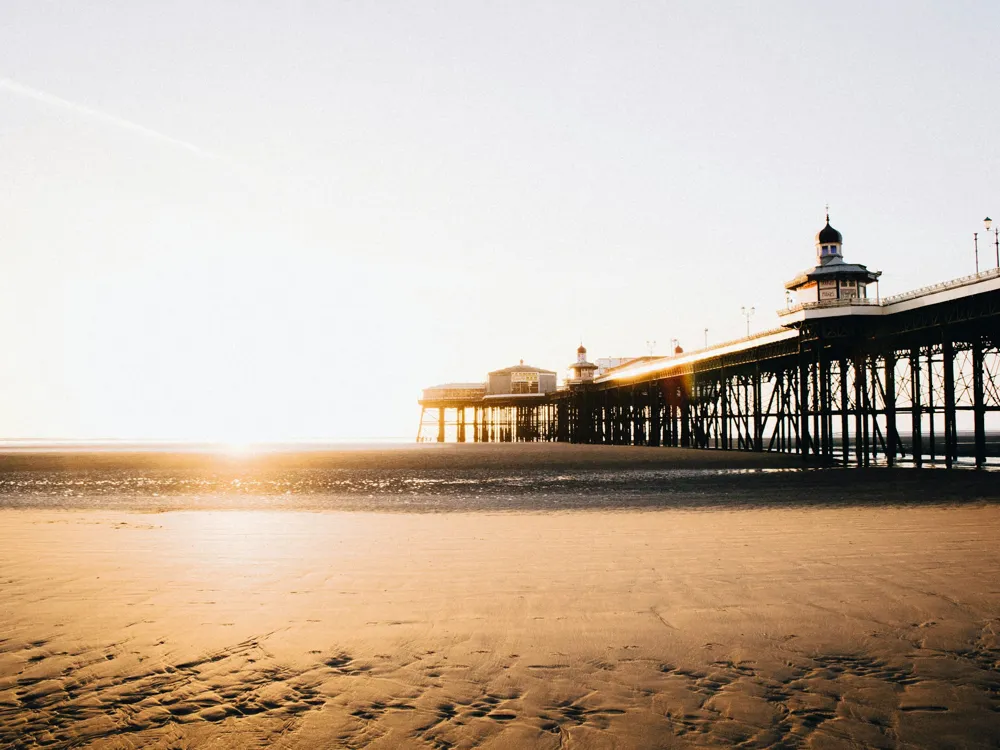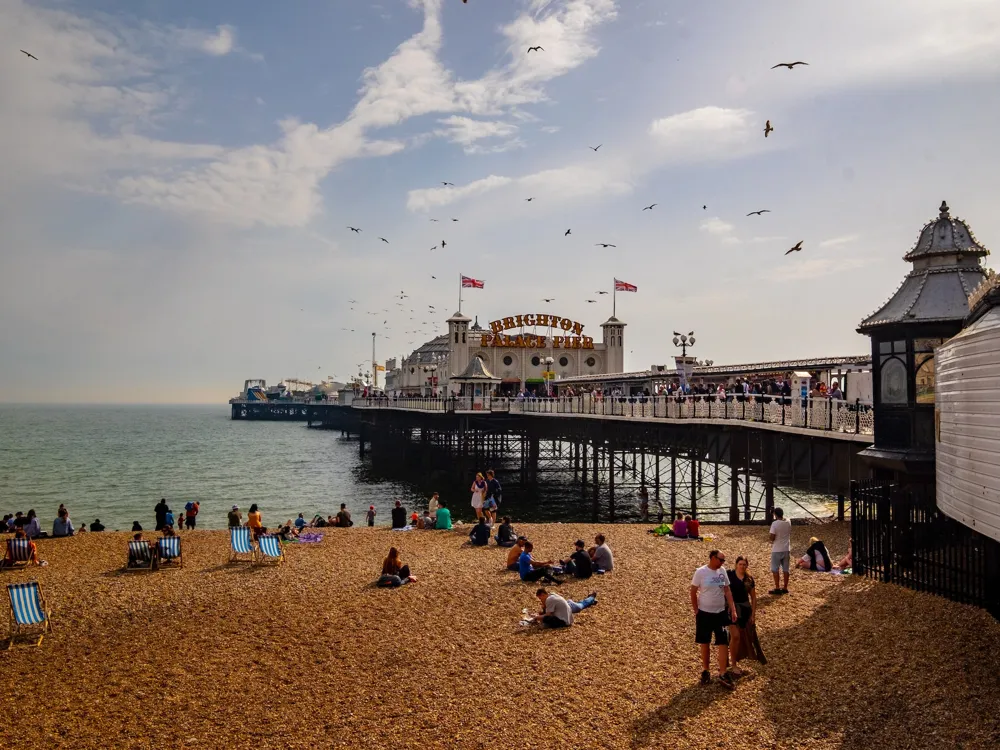Tower Bridge, a historic and iconic symbol of London, is a combined bascule and suspension bridge spanning the River Thames. Constructed between 1886 and 1894, the bridge has become one of the city's most famous landmarks. With its distinctive Victorian Gothic style, it stands as a testament to the ingenuity of 19th-century engineering. The architecture of Tower Bridge is a fascinating blend of Victorian Gothic style and industrial design. The two bridge towers are tied together at the upper level by two horizontal walkways, designed to withstand the forces of the suspended sections. The bridge's bascule mechanism, which allows it to lift for passing ships, was originally powered by steam hydraulics and is now driven by oil and electricity. Early morning or late afternoon is ideal for avoiding crowds and for photography, as the lighting is better. Consider taking a guided tour to learn about the history and mechanics of the bridge. The Victorian Engine Rooms offer insights into the original lifting machinery. Viewing the bridge during its lifting schedule is a unique experience. Check the times online in advance. Tower Bridge is accessible by various modes of transportation. The nearest underground station is Tower Hill, accessible via the Circle and District lines. Numerous bus routes also stop near the bridge. For a scenic approach, consider a walk along the Thames or arriving by riverboat services that stop at Tower Pier. Read More:Overview of Tower Bridge in London
Architecture of Tower Bridge
Tips When Visiting Tower Bridge
Best Time to Visit
Guided Tours
Visit the Engine Rooms
Check Bridge Lift Times
How To Reach Tower Bridge
Tower Bridge
London
₹ 22,500 onwards
View london Packages
Weather :
Tags : Bridge
Timings : 9:30 AM - 6:00 PM
Entry Fee : Adult - GBP 11.40
5 - 15 Y: GBP 5.70
Disabled: GBP 8.60
Disabled Child (5 - 15 Y): GBP 4.30
Student over 16 Y (with valid ID): GBP 8.60
Senior over 60 Y (with valid ID): GBP 8.60
Less than 5 Y: Free
Planning a Trip? Ask Your Question
London Travel Packages
View All Packages For London
Top Hotel Collections for London

Private Pool

Luxury Hotels

5-Star Hotels

Pet Friendly
Top Hotels Near London
Other Top Ranking Places In London
View All Places To Visit In london
View london Packages
Weather :
Tags : Bridge
Timings : 9:30 AM - 6:00 PM
Entry Fee : Adult - GBP 11.40
5 - 15 Y: GBP 5.70
Disabled: GBP 8.60
Disabled Child (5 - 15 Y): GBP 4.30
Student over 16 Y (with valid ID): GBP 8.60
Senior over 60 Y (with valid ID): GBP 8.60
Less than 5 Y: Free
Planning a Trip? Ask Your Question
London Travel Packages
View All Packages For London
Top Hotel Collections for London

Private Pool

Luxury Hotels

5-Star Hotels

Pet Friendly





